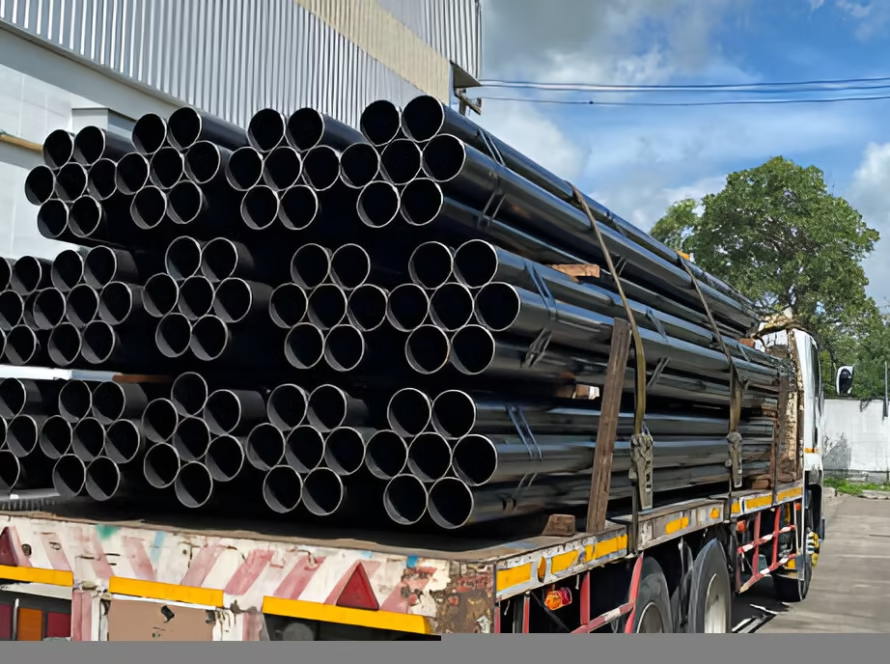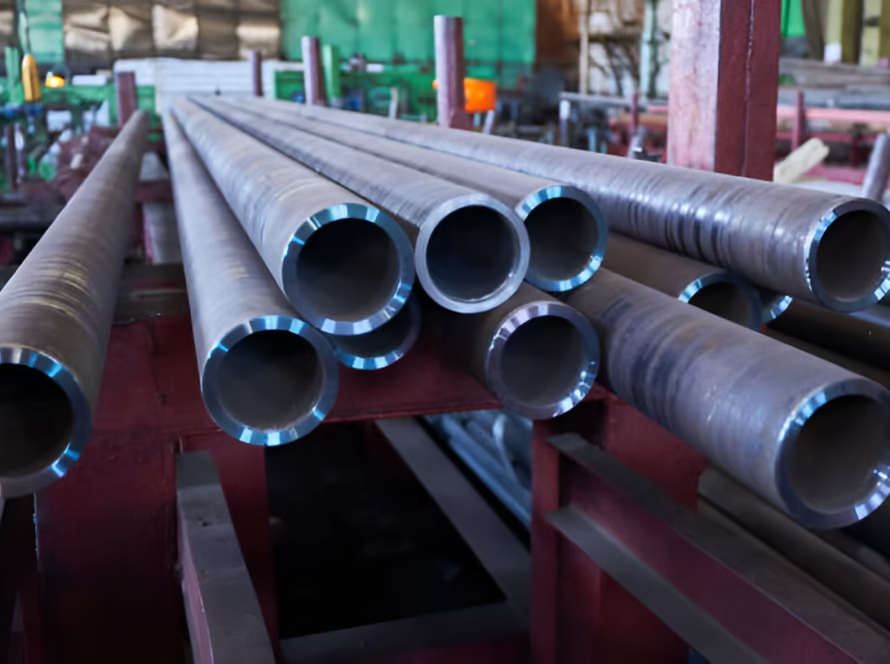What Is Stainless Steel Seamless Tube?
Stainless steel seamless tubes are a critical component used in numerous industries, ranging from construction and automotive to chemical processing and oil exploration. These tubes are made from stainless steel, a corrosion-resistant alloy, and are manufactured without any seams or welds, ensuring superior strength, integrity, and performance in demanding environments.
1. What Are Stainless Steel Seamless Tubes Made Of?
Stainless steel seamless tubes are primarily made from stainless steel alloys, which consist mainly of iron, carbon, and at least 10.5% chromium. The chromium content creates a thin oxide layer on the steel surface, making it highly resistant to rust and corrosion. Other alloying elements such as nickel, molybdenum, and manganese may be added to enhance mechanical properties and corrosion resistance. Common grades include:
- 304 Stainless Steel: General purpose, excellent corrosion resistance.
- 316 Stainless Steel: Superior corrosion resistance, especially against chlorides.
- 321 Stainless Steel: Added titanium to resist intergranular corrosion at high temperatures.
These tubes are produced through hot or cold working processes without any welding, maintaining uniformity and strength.
2. How Are Stainless Steel Seamless Tubes Manufactured?
Stainless steel seamless tubes are made using a process that begins with a solid billet or round bar, which undergoes heating and piercing to create a hollow tube. The main manufacturing steps include:
- Heating the Stainless Steel Billet: To soften the metal.
- Piercing: A mandrel pierces the heated billet to form a hollow tube.
- Elongation and Sizing: The hollow billet is elongated and sized by various rolling, drawing, or stretching methods to obtain the desired diameter and wall thickness.
- Heat Treatment: To enhance mechanical properties.
- Finishing: Cutting, straightening, and surface treatments such as polishing.
This seamless manufacturing avoids weaknesses typically associated with weld seams, providing superior mechanical and corrosion resistance.
3. What Are the Advantages and Applications of Stainless Steel Seamless Tubes?
Advantages:
- Strength and Durability: Seamless tubes have no welds or joints, reducing weak points.
- Corrosion Resistance: Thanks to the stainless steel alloy composition.
- High Pressure and Temperature Resistance: Suitable for extreme environments.
- Uniformity: Precise dimensions and smooth surface finish.
- Good Mechanical Properties: Flexibility combined with toughness.
Applications:
- Oil and Gas Industry: For pipelines and oilfield equipment.
- Automotive Industry: Engine components and exhaust systems.
- Construction: Architectural structures and railings.
- Chemical and Pharmaceutical Plants: For pipelines handling corrosive fluids.
- Power Generation: Boilers, heat exchangers, and turbines.
Conclusion
Stainless steel seamless tubes are indispensable in modern industry due to their superior strength, corrosion resistance, and reliability. Manufactured from high-quality stainless steel alloys through advanced seamless production techniques, these tubes offer uniformity and durability needed for high-pressure and corrosive environments. Their varied applications across multiple sectors underline their importance as a critical engineering material. Choosing stainless steel seamless tubes ensures safety, performance, and longevity for essential infrastructure and equipment.







